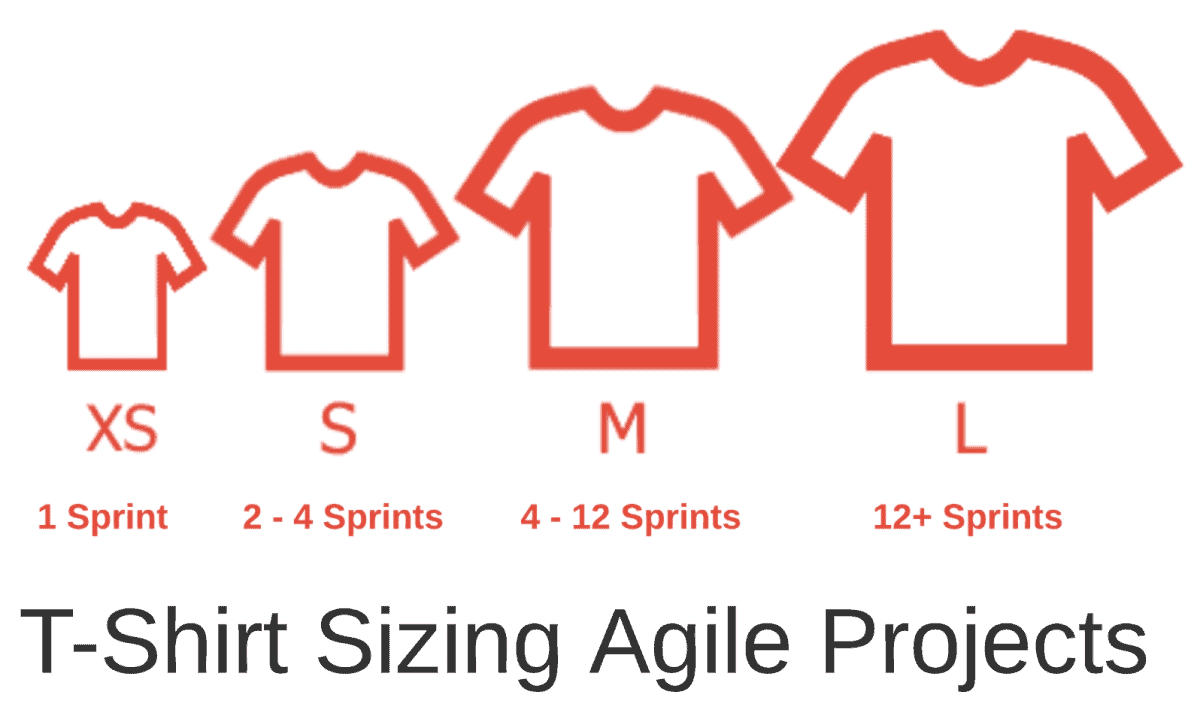
T-shirt sizing agile is a relative estimation technique. It tracks and estimates how much time or effort an epic/feature/task would be expected to take. It is my go-to agile estimation tool when a product owner wants to assess the size of their product backlog quickly or when attending agile portfolio planning.
The opposite of t-shirt sizing would be an absolute agile estimation technique such as story points.
T-shirt sizing also helps determine their agile team’s ability, key stakeholders, and dependencies. Using this information, the product owner can clearly explain their priorities, and team members can have a rough idea of who is responsible for a particular task and when they are responsible for it.
This agile estimation process is done by assigning each particular task with T-shirt sizes ranging from extra small to XXL. While software development teams and engineers mainly use t-shirt sizing estimation, it is an applicable tool for any team.
To help the teams align it to their day-to-day work, I put up a guide on how many sprints of work they think the piece of work would take. This tactic works if your sprint is 2 weeks or 1 month; they still have a relative time frame to complete the task.
When to do T-shirt sizing
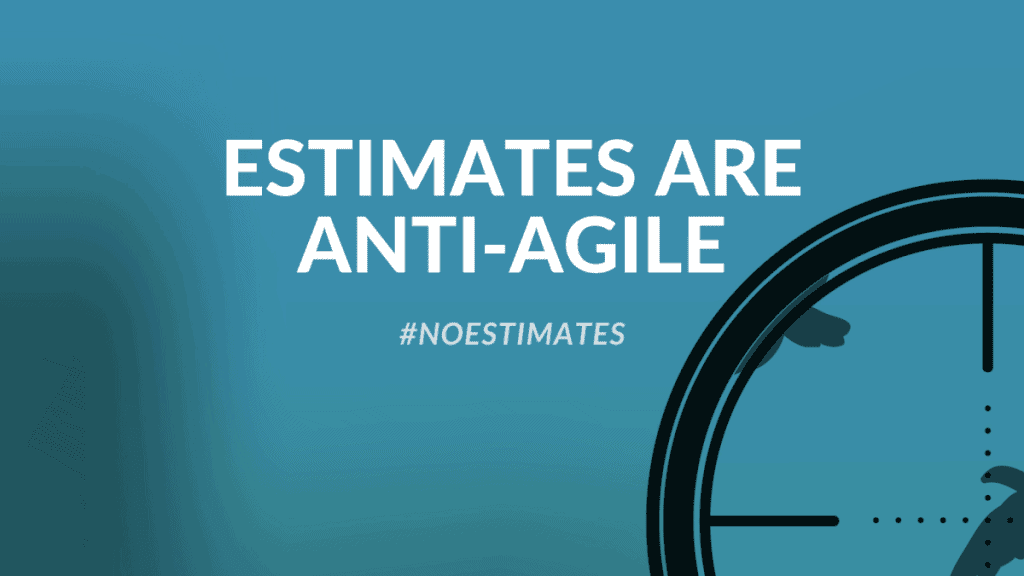
T-shirt sizing in Agile projects would be used during project kick-off to measure how much work is involved and if you have the appropriate people resourced in the Agile team, especially when collaborating with a software development partner. This helps get management off your back as they are the ones who want estimates with endless backlogs, even though it’s not the best thing for your product.
Estimates could be considered anti-agile or product management, as it should not matter how long it takes. It would be best if you only were working on the most essential thing to bring the most value to the product #NoEstimates
It can also be utilized during agile portfolio planning to estimate upcoming features a team can consider taking on without fully decomposing to an absolute level, such as a story point level. I think relative estimates are reasonable to help with capacity planning, but should be taken with a grain of salt and not considered project schedules – the most significant mistake management makes.
It would help to consider a t-shirt size estimation when you need a quick estimate of the number of items. It allows teams new to agile estimation techniques to perform better estimation methods.
How to Do T-Shirt Sizing Planning Poker

To facilitate a planning poker t-shirt sizing session, follow these steps:
- The agile product team provides an overview of what each t-shirt size represents and provides the cards.
- The product owner has presented the product team with the necessary information. This could be done using an Agile charter or business case or simply an epic.
- The team would select a playing card representing their estimate, which would be revealed to the estimators.
- If each team member selects a different value, they discuss their estimates and, after discussion, select another estimate card.
- This process is repeated until there is a common goal for all values.
Agile development teams use planning poker to estimate story points realistically in an agile project. Planning poker requires the consensus of the entire team. It is structured so that the product owner would read an overview of a user story or describe a feature to those responsible for the development team to estimate the required work.
Agile Epics & T-Shirt Sizing
Epics are parts that we want to have built into our product or process. They are large groupings that can be broken down into smaller user stories. Analyzing an Epic must include the Minimum Viable Product (MVP), which is considered the bare minimum requirement for a new product or feature.
Estimating Epics in the beginning stages can be complex due to the limited data, and it is done through T-shirt sizing. It is refined over time throughout the implementation of the MVP.
Typically, Epics are done in a sprint time frame. The scrum team would initially meet for sprint planning to decide of which items should be handled in each sprint. Each T-shirt size correlates to the number of sprints it takes to measure the completion of each Epic:
Sprints to Epic Estimating Chart
S – 1 Sprint
M – 2 to 4 Sprints
L – 5 to 6 Sprints
XL – 7 or more sprints.
Working in XL sizes is not ideal. If you have an Epic larger than 6 sprints, it would be essential to break them down.
T-Shirt Sizing Agile Example
When deciding on an epic size for a new website, it is essential to center this build around your project team’s goals. For example, you might want to create a website designed for an organization’s supervisors to access and have functionality for documentation.
Epics are the big picture, and each component of these must be broken down into user stories to have their full functionality. The Epics for developing the site would be divided into sprints and look like this:
| Feature | T-Shirt Size |
| Register | Large |
| Login | Large |
| User Profile | Medium |
| Forgot Password | Small |
Benefits and Pitfalls
T-shirt sizing is beneficial because it simplifies estimation. Team members can spend less time thinking about a task or how long it would take. Tracking t-shirt sizing in a planning session is designed to be a centralized tool so everyone can see who is doing what and how much.
Subjectivity is a common T-shirt sizing pitfall when implemented in agile development teams. There are times when clarity is needed to make distinctions between sizes and the ability to track an initiative’s associated t-shirt size.
The main premise of the no estimates movement is that estimates do not directly add value to your process or work, so you should find ways to reduce the estimation process or even stop it if possible
Stop Estimating: The #NoEstimates Movement in Agile – DZone Agile
Tools for Creating T-Shirt Sizing Online
There are helpful tools available that make it easier for your team to create T-shirt sizing. For teams looking to visually represent their t-shirt sizing estimates or create custom t-shirts for team-building events, consider t shirt printing online services to easily design and order custom apparel.
Two popular tools to utilize for creating T-shirt sizing are Asana and Trello.
Asana: Has a method for t-shirt sizing for content projects. It is an accessible tool with a sharing function that allows for your workload to be managed for your team.
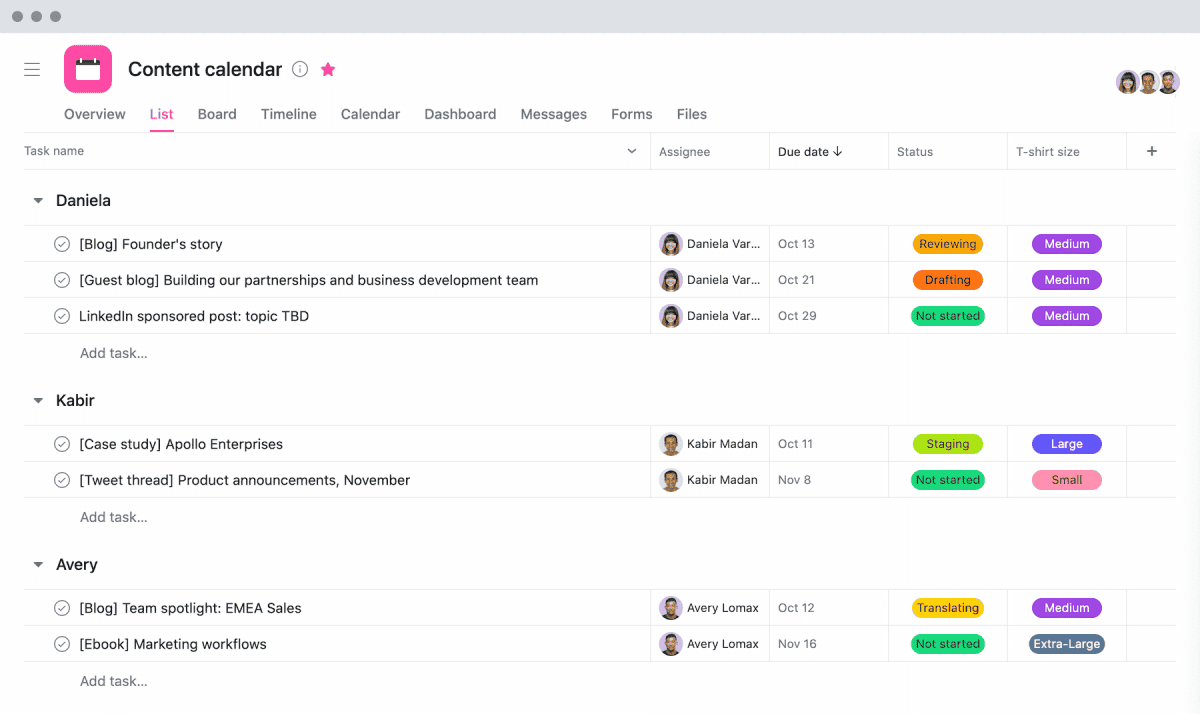
How to use T-Shirt Sizing to Estimate Projects • Asana
Trello: Utilizes custom fields that cater to assigning specific t-shirt sizes for projects. This program allows you to make rules to organize your cards in the order you want them to be. Trello also implements a sharing function that allows your team to have access.
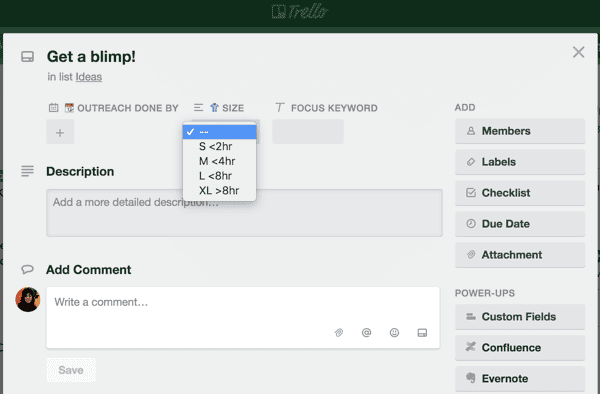
How T-Shirts Can Style Up The Strategy For Your Next Big Project Kickoff (trello.com)
Estimating Alternatives to T-Shirt Sizing in Agile
Affinity mapping and planning poker are a few alternatives to T-shirt sizing in Agile. These two agile estimation processes are of significant importance in the Scrum process in order to determine how much effort is required in development.
Fibonacci Series & Story Points
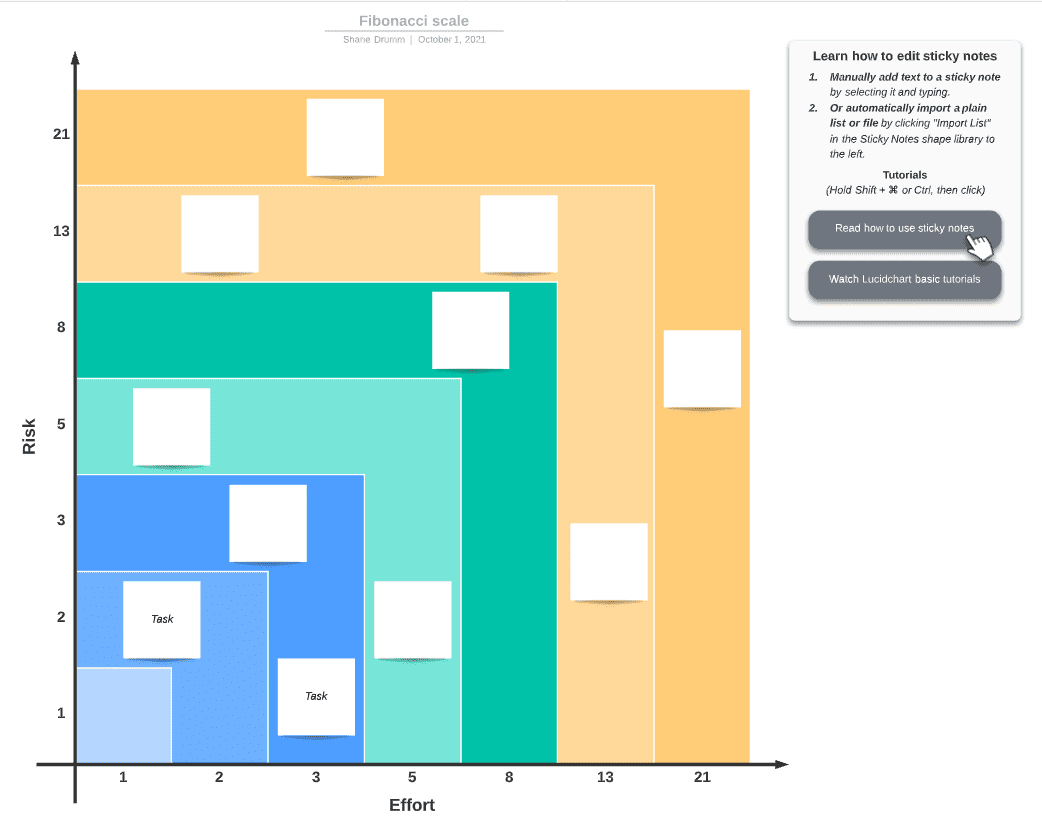
Story points represent the size, difficulty, and effort required to implement a user story. The Fibonacci sequence is utilized as a scale to measure accurately how much work goes into each sprint. This linear scale is generated by adding two previous numbers together to produce the next value in the sequence. The sequence would be recorded like this: 0, 1, 1, 2, 3, 5, 8, 13, 21. Each story point estimate would then be assigned a number on the scale.
Affinity Mapping Product Features
Affinity refers to comparable backlog items related to either type of code, varying areas of a product, or the type of effort required within product development. Regarding affinity mapping within the agile estimation technique, each team will group items of similar size.
What is affinity grouping in Agile?
To execute affinity mapping, the person facilitating the project would place the backlog items onto sticky notes and place them onto a wall. The team would then put them into the correct sizing category. After this is done, they will discuss each item to evaluate whether or not they are assigned appropriately. An essential component of this process is that the team must move quickly and not overthink.
Shane Drumm, holding certifications in PMP®, PMI-ACP®, CSM, and LPM, is the author behind numerous articles featured here. Hailing from County Cork, Ireland, his expertise lies in implementing Agile methodologies with geographically dispersed teams for software development projects. In his leisure, he dedicates time to web development and Ironman triathlon training. Find out more about Shane on shanedrumm.com and please reach out and connect with Shane on LinkedIn.